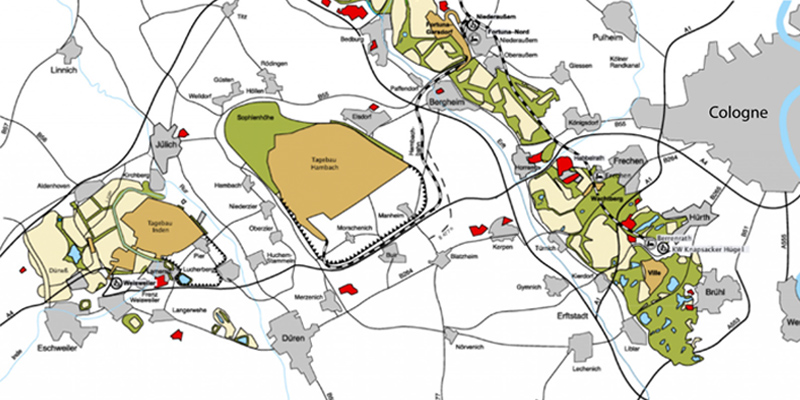Downloads
DOI:
https://doi.org/10.7480/jfde.2017.2.1684Keywords:
Circular building economy, sustainable design, resource-efficient building material, stakeholder analysis, robotic disassemblyAbstract
These days, we are constantly expecting more from the performance of the building envelope with regard to both comfort and ecological compatibility. Operational energy has been undergoing significant improvement, which in turn draws attention to the building matter: If a standard building does not consume energy in its operation, then it is the building material that impacts the level of environmental compatibility. Designing with used building matter offers an opportunity to decrease emissions from extraction, preserve primary resources and reduce landfill. On top of that, the EU waste directive requires all new construction to have a recycling concept for 70% of the building mass (Commission, 2013). This paper deals with a new approach to deconstructing used building elements and re-introducing them in new construction on a regional scale. A well-connected network of stakeholders increases the regional recycling potential. On a technical scale, the deconstruction process needs to be improved so that it becomes more safe and economically competitive. Robotic disassembly shows great potential to simplify the process and restore high valuable recycling. Deconstruction processes can be arranged in a mobile way with a wide range of tools. Such tools can be equipped to relate to the flexible layout of machines, thus allowing individualized adaptation to the building envelope.
How to Cite
Published
Issue
Section
License
Copyright (c) 2017 Magdalena Zabek, Linda Hildebrand, Sigrid Brell-Cokcan, Matti Wirth

This work is licensed under a Creative Commons Attribution 4.0 International License.
Authors or their institutions retain copyright to their publications without restrictions.
References
Bund NRW, Umsiedlung im Rheinland, Retrieved from: http://www.bund-nrw.de/themen_und_projekte/braunkohle/verheizte_heimat/%20umsiedlungen_im_rheinland/ (02.11.2016)
Commission, E. (2013). Directive 2008/98/EC on waste (Waste Framework Directive) European Parliament and the Council of the European Union (Vol. 2008/98). Brussels: Official Journal of the European Union.
Deilmann, C., Krauß, N., & Gruhler, K. (2014). Sensitivitätsstudie zum Kreislaufwirtschaftspotenzial im Hochbau. Retrieved from: https://www.ioer.de/fileadmin/internet/IOER_Projekte/PDF/FB_E/Endbericht_REP.pdf
Destatis, Statistische Berichte (2015). Retrieved from: https://www.destatis.de/GPStatistik/servlets/MCRFileNodeServlet/NWHeft_derivate_00008963/E213201508.pdf;jsessionid=47DDC4F146D9691E35655ABDD1309597 (03.11.2016)
IT.NRW 2013. Statistische Berichte Daten zur Abfallwirtschaft NRW 2013 Tab. 1 und Tab. 2
Knaack, U., Bilow, M., Auer, T., & Hildebrand, L. (2010). imagine 05- Energy (U. Knaack, T. Klein, & M. Bilow Eds. Vol. 07). Rotterdam: 010 Rotterdam.
Landesdaten Bank: https://www.landesdatenbank.nrw.de (02.11.2016)
Mettke, A., Heyn, S., & Thomas, C. (2008). Rückbau industrieller Bausubstanz – Großformatige Betonelemente im ökologischen Kreislauf. Retrieved from Cottbus:
Motzko, C. K., Jörg ;, & Wöltjen, J. L., Daniela (2016). Bewertungsmatrix für die Kostenplanung beim Abbruch und Bauen im Bestand [Press release]
Schiller, G., Ortlepp, R., & Krauß, N. s. (2015). Kartierung des anthropogenen Lagers in Deutschland zur Optimierung der Sekundärrohstoffwirtschaft. Retrieved from Dessau Rößlau
WBGU, Schellenhuber, H. J., Messner, D., Kraas, F., Leggewie, C., Lemke, P.,Schneidewind, U. (2016). Der Umzug der Menschheit: Die transformative Kraft der Städte. Retrieved from: http://www.wbgu.de/fileadmin/templates/dateien/veroeffentlichungen/hauptgutachten/hg2016/wbgu_hg2016.pdf
